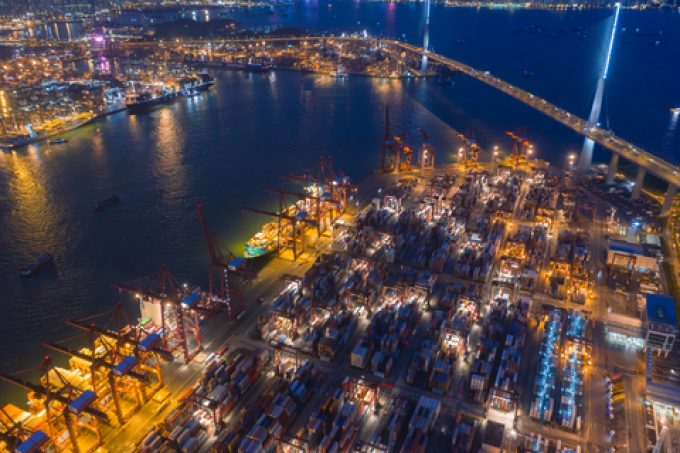HMM sees opportunities in Hapag-Lloyd’s exit from THE Alliance
HMM CEO Kim Kyung-Bae believes Hapag-Lloyd’s departure from THE Alliance will be a big opportunity ...

Hong Kong’s status as one of the world’s premier container gateways and transhipment hubs is now well on the way to becoming a thing of the past, after its exclusion as a port of call from a range of east-west alliance services.
Last week, the remaining members of THE Alliance – ONE, Yang Ming and HMM – took the novel step of announcing the VSA’s planned transpacific network for 2025, with eagle-eyed liner analysts noting that Hong Kong had been removed from its Asia-US west coast services and retained on just one Asia-US east coast service.
“One trend has become increasingly clear from the network overviews, Hong Kong is being rapidly deselected from the east-west trades by all major shipping lines,” said Sea-Intelligence MD Alan Murphy.
THE Alliance’s PS7 service between Asia and Southern California will see its two Hong Kong calls dropped in favour of Shanghai, with the same switch on its PN2 service to the Pacific north-west and on the complementary PN3 service, where calls at Hong Kong and Hai Phong are to be replaced by Ningbo and Qingdao.
Meanwhile, in the recently published network prospectus from the forthcoming Gemini Cooperation, between Maersk and Hapag-Lloyd, there is no mention of Hong Kong, either as one of the network’s key 15 hub ports, nor as a call on the numerous shuttle services that will feed into the mainline strings.
Instead, Shanghai will be the chief hub in North Asia, supported by calls at Ningbo, Qingdao and Yantian, while Singapore and Tanjung Pelepas will be the twin hubs for South-east Asia.
Similarly, in the Ocean Alliance’s recently updated 2024 network, direct port calls in Hong Kong will decline from 11 to just six.
Mr Murphy also noted that the decline in calls into the former British colony had been under way for some time. The United Nations Conference on Trade and Development’s (UNCTAD) liner connectivity index showed that Hong Kong had a peak connectivity in the third quarter of 2007, when its connectedness to other ports stood at just under 600, today it is at 390.
“While this does not bode well for the port of Hong Kong, it should also be seen as a sign that an element of network consolidation is afoot, especially as it relates to transhipment hubs,” Mr Murphy said.
“Analysis of network design and network efficiency will show that fewer, but larger, hubs are economically more efficient.
“Hong Kong appears to be the first major ‘victim’ of this. But as the new alliance constellations improve their networks in the coming years, it is likely that more ports could risk the same fate as Hong Kong,” he added.
Comment on this article